Trolling for Bass: Is It Effective? Expert Insights
There are more techniques than you’re likely to be able to count in the bass fishing world, and one of them you’ve likely heard of, but it’s not likely you’ve tried. Trolling.
Trolling is a popular strategy for a lot of different anglers, but it has not taken off with bass fishing.
This might be due to the sport culture of bass fishing or tournament regulations dictating trends, but today, we’re going to go over what it is, where it shines and falls short, and whether or not you should try trolling for bass.
Let’s get started.
Newsletter Signup
What is Trolling for Bass?
If you’re not familiar with trolling, it’s a pretty simple concept for boat fishermen.
Instead of you spending forever targeting specific spots, casting, trying to get a bite, and then floating off somewhere else, you toss your lure in behind your boat, and you slowly move along.
Typically, a trolling motor is used for this, and you only move a couple of miles per hour. However, it’s just enough to give the lure a natural and consistent presentation while you drive around and focus on other things.
Unfortunately, this also means the strategy is entirely inaccessible to bank anglers, and even if you have a kayak or other unpowered boat, it can be a little more difficult to get your pacing right.
What’s the Allure of Trolling?
So, what makes trolling stand out as a valid strategy for any angler if it isn’t very popular among bass fishermen? We can break that into two main factors.
First and foremost, you can take the lazy approach to fishing. While pop culture depicts fishing as a laid-back and lazy activity, there’s a ton of exercise involved. Even on a boat, when you don’t have to walk around, you still have to deal with constantly climbing around the boat and handling your gear.
Well, when you’re trolling, the boat does all the work. You throw the lure in, start up the engine, and just steer as you float around at 2 miles per hour. If you get a bite, you get up. That’s it.
On top of that, if you are fishing in open water, it allows you to cover much more ground, and if you are fishing more than 10 feet deep, you can often do it without spooking fish as you motor over them.
When you’re trolling, the lure is constantly in the water unless you’re actively pulling a fish in. So, there isn’t any “downtime” in your fishing despite you being able to sit back and relax.
One of those is a personal preference, and the other is a clear tactical advantage, but trolling provides a solid argument in its favor regardless of the “why” anglers have for doing it.
Does Trolling for Bass Work?
Now it’s time for the real question everyone has. Does trolling for bass work? Well, yes. It does. There are a few caveats to consider, but you can hook into some great bass while trolling, just like if you did it the hard way.
We’ll start with the pros and work our way to the drawbacks.
1: Pro – You Cover the Maximum Amount of Water
We touched on this briefly, but every angler knows that keeping your lure in the water maximizes your chances of catching something. After all, every time you lift your lure out to recast, tie something new on, or move to a new spot, the fish can’t get on it.
There are whole strategies surrounding this concept, such as doing a figure-8 along the bank or side of the boat before ending your retrieval as one last bit of effort to get a trailing fish to bite.
Well, none of that’s a problem when you’re trolling. You constantly have your lure in the water, and the bass have constant access to it unless you’re pulling a fish in, freeing a snag, or heading home for the day.
This also means that you have your lure in the water as you travel, and you’re covering water that you otherwise wouldn’t. Most bass anglers reel it in when they go to move to a new spot, and every inch of water passed on the way to that spot is a wasted opportunity.
2: Pro – Natural Presentation with Ease
If you’re using the right type of lure, which is typically something that can mimic the natural movements of a fish, this is a set-it-and-forget-it way to present your lure naturally.
You don’t have to fixate on your retrieval pattern, worry if you paused one second too long, or carefully measure how long it takes for the lure to sink to the right depth before you start. You chuck it behind the boat, put your trolling motor to work, and that’s it.
The pull of the boat and the natural action of the lure do all the work. Of course, you also have to gauge your speed properly, but we’ll go over that later.
Providing a natural presentation is a key part of fishing with artificial lures of any kind, and trolling is probably the easiest way to do that without a lot of trial and error.
3: Pro – Perfect for Dragging Along Weed Lines and Cover
The last pro we’re going to cover is that trolling is perfect for pulling your lure right along the edge of weed lines and other types of cover.
When you try to do this from the bank, you’re extremely limited in the angles you can use to your advantage and the distance you can cast.
Even with normal boating techniques, your range is limited before you have to pick up and move further down the line.
By trolling, you can drag across massive lines of weeds and cover, and in the right conditions, you’re almost certain to get something to bite with minimal effort.
This is one of the primary uses for trolling when it comes to fishing for bass. When you have long banks with plenty of covers you want to pull bass out of, trolling is the most efficient way to do it.
4: Con – You're Not Engaged with the Strategy
The biggest con to trolling for bass is that you’re not actively working the rod. You typically have it sitting in a rod holder while you focus on not drifting into hazards. That’s part of why it’s so great for lazy days, but it comes at a massive cost.
The biggest cost is that you’re not going to notice snags right away.
If your lure is below your boat’s bow, and you pass over some submerged limbs or debris without noticing it, that lure can get caught, and you won’t notice it until you’ve already sunk the barb deep into whatever it is you caught.
You have the advantage of being able to turn around and get closer to the problem, but it’s still a royal pain. Especially if you’re not paying attention. You can even miss it long enough that you snap your line if you’re zoning out and expecting the rig to do all the work.
In the same way, you can easily miss fish or greatly mistreat them per the Catch and Release Guidelines. If you’re staring off into space, it’s easy to get a dink on the line, not notice it, and drag it around for longer than you should.
That’s a lot of undue stress that we do our best to avoid in bass angling, and most other types of anglers do, too. Not only that, but bass don’t typically sit still and accept they’ve been hooked. By the time you notice your rod bending, it can spit the hook.
Also, the lazy way is the boring way. You’re not able to try different strategies and presentations when your entire technique is to let the lure and your motor do all the work. All the nuance of fishing is lost.
5: Con - You Have to Dial in Your Speed Perfectly
This isn’t a difficult thing to do, but it’s still worth considering. If you’re going just a little too fast, you can cause your lure to zip through the water far faster than it’s supposed to, and it ruins the presentation. If you go too slowly, you might not even trigger the bulk of its action.
When you’re casting and retrieving, you can get a feel for this. When you’re trolling, it takes a bit more to pick up on it because you’re not actively monitoring your lure as it moves. You’re focused on steering and controlling your speed.
6: Lure Limitations
You can technically drag anything behind your boat, but that doesn’t mean it’s going to work. Lures are made to work in different ways, and when you’re trolling, you can only mimic normal fish swimming motions.
You don’t want to put a Texas-rigged worm on your rig and drag it straight through the water. Nor do you want to have a craw awkwardly zooming backward.
For the most part, you’ll be forced to use swimbaits and cranks. They mimic fish swimming more naturally, and they work well with straight retrieval patterns.
Why Isn’t Trolling for Bass Popular?
Trolling is typically used for walleye and similar fish. It’s also a popular strategy for saltwater anglers. If it’s such a great option with clear benefits, why isn’t it popular with bass anglers, though? We’re always looking for more efficient ways to catch bass, after all.
Well, our guess is it has to do with 3 different things.
First, bass fishing culture is largely based on sportfishing. We’re not trying, commercial anglers are trying to catch fish to sell or anything like that. We typically target the biggest bass possible to get our fix for a great fight and an awesome story.
It’s about the experience, the demonstration of skill, and the adrenaline rush of our efforts paying off with a brand-new record. Trolling gets rid of a lot of that.
Then, there’s the demonstration of skill that we just mentioned. We’re not saying there’s no skill involved in trolling. That’s simply not true, but so many aspects of the experience are removed, that skill is diminished.
That laziness benefit that gets rid of having to perfectly dial in your retrieval, master your hook set, and even efficiently find the fish is one of its biggest drawbacks.
However, there’s also the fact that tournaments don’t allow it. Even if you don’t keep up with bass fishing tournaments and simply like to break personal records, tournaments have a major impact on the culture of the bass fishing community.
When an angler wins several tournaments with some new and strange rig, the rest of us tend to start using it, too. When a tournament rule says that it’s not okay to do something that used to be okay, that rule tends to work its way into the broader community.
For example, how you hook a bass is heavily scrutinized in tournaments, and as such, bass anglers focus on ethical hook sets more than many other types of anglers.
Should You Troll for Bass?
Despite some major drawbacks, trolling is an effective and valid strategy for bass fishing. That is, when it’s done appropriately and in the right conditions. Should you do it, though?
That depends on how you’re fishing.
If you’re a tournament angler or want to get into it, you should skip trolling. It’s not allowed in most tournaments, and you need to focus on skill-based strategies.
However, suppose the water conditions are likely sending bass into cover. In that case, you have plenty of long stretches of weed lines and top cover to fish along, and you’re properly equipped.
Trolling can be the difference between getting skunked and pulling a big bass out of those weeds.
Find the Perfect Trolling Spots for Bass with Bass Forecast
Trolling for bass might not be valid for tournaments, but it’s a perfectly good way to have a relaxed weekend fishing experience if you know where to go.
Before you plan your trip, check out Bass Forecast’s maps to find the perfect spots to troll for bass.
Learn more about our fishing app today and improve your chances of landing a big catch!
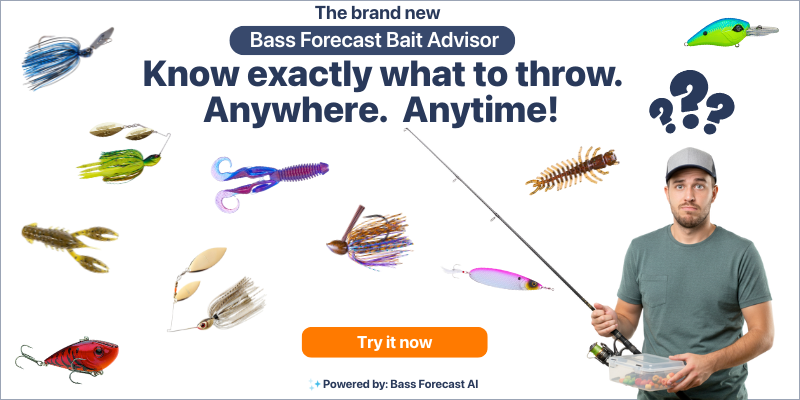

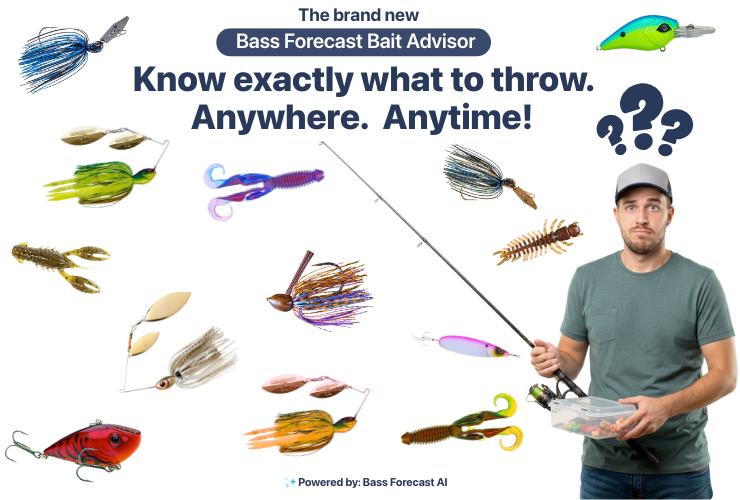
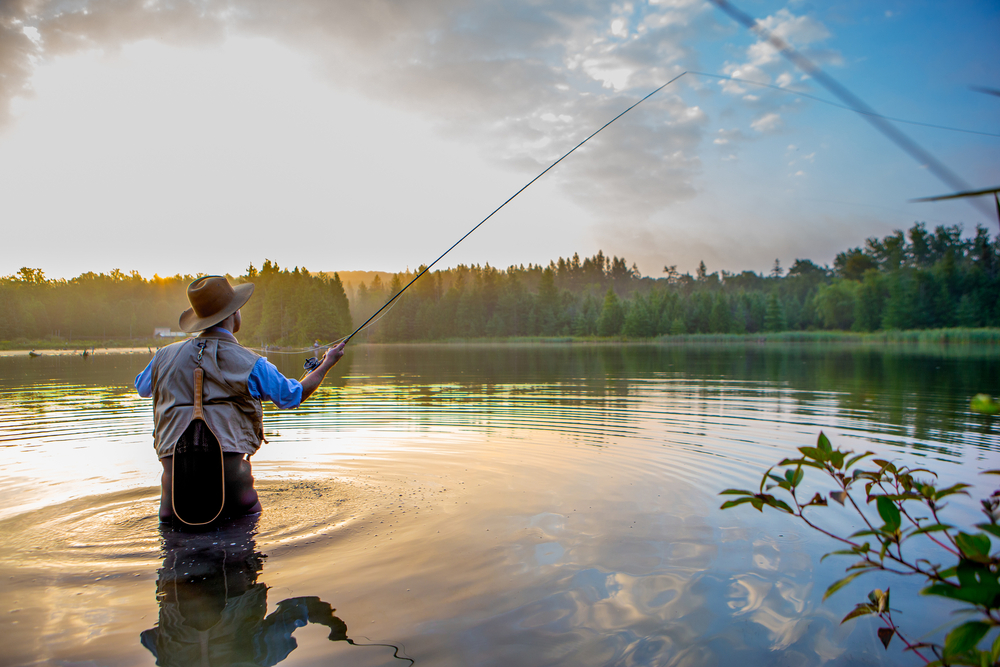
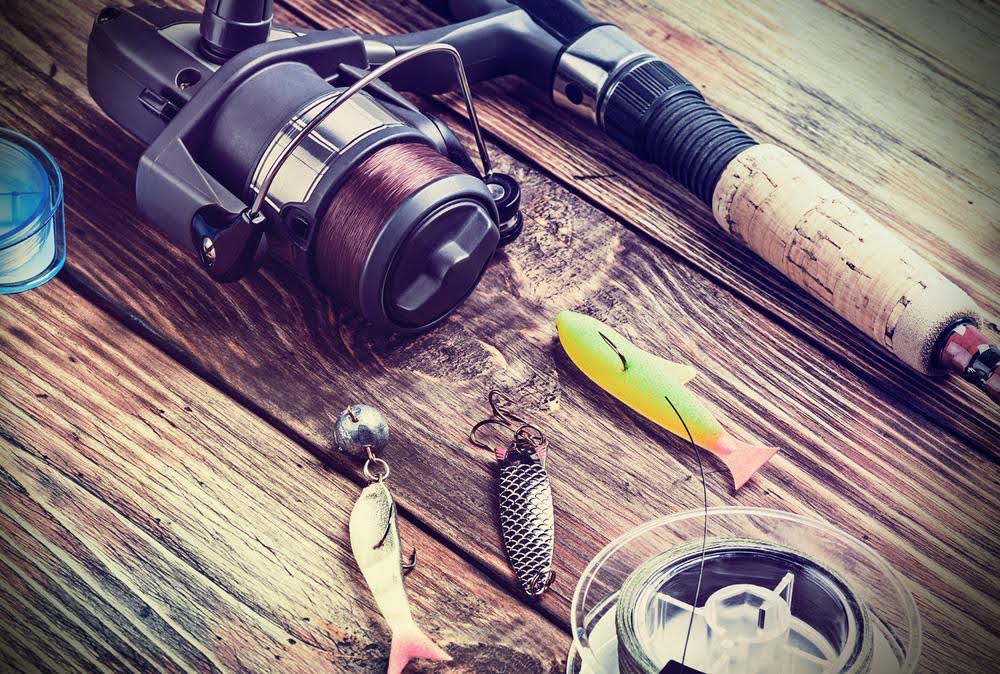
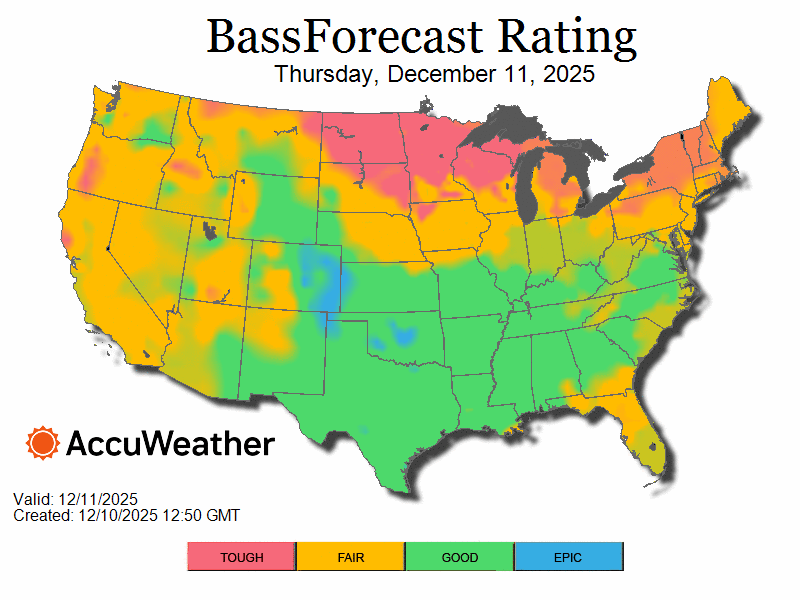
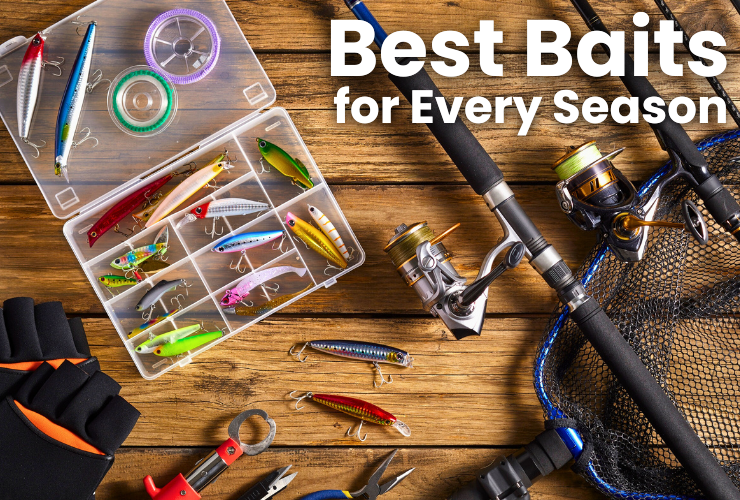
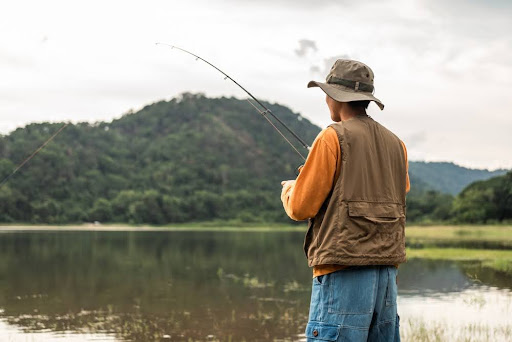
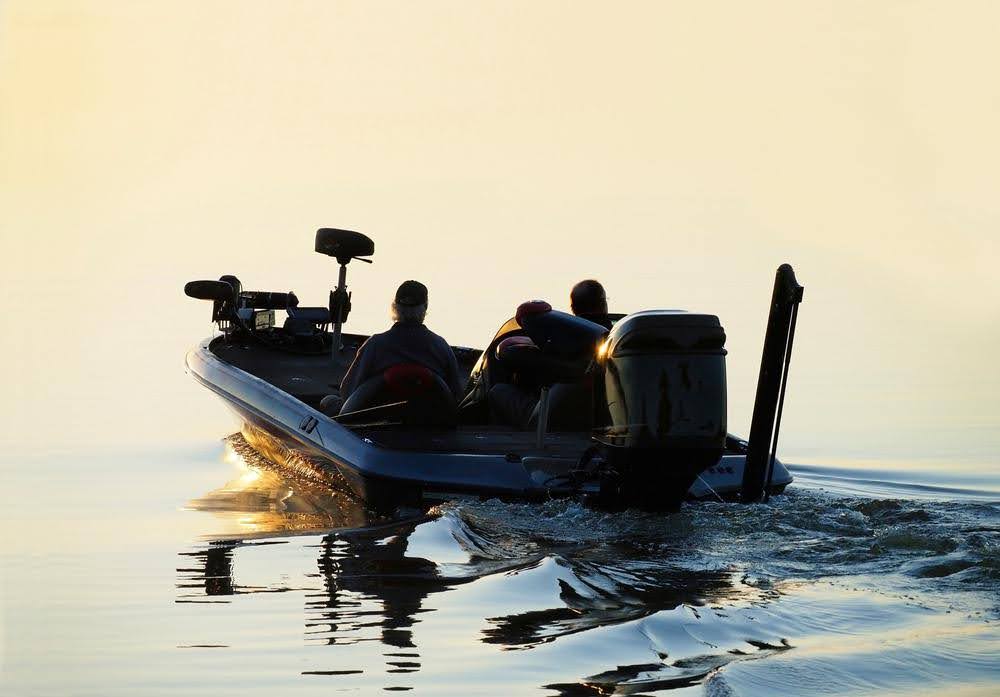
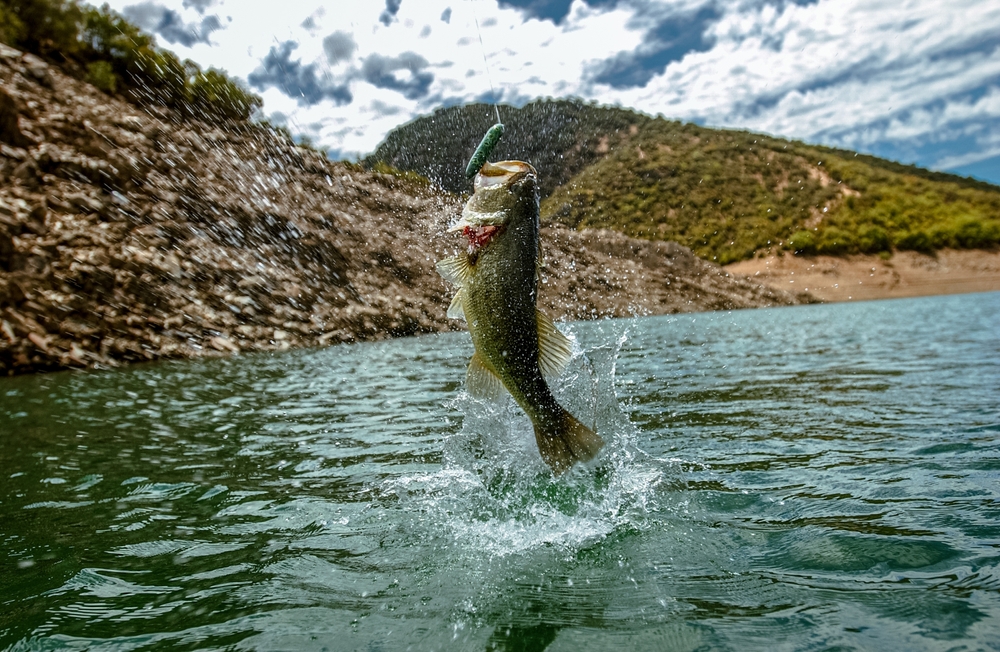
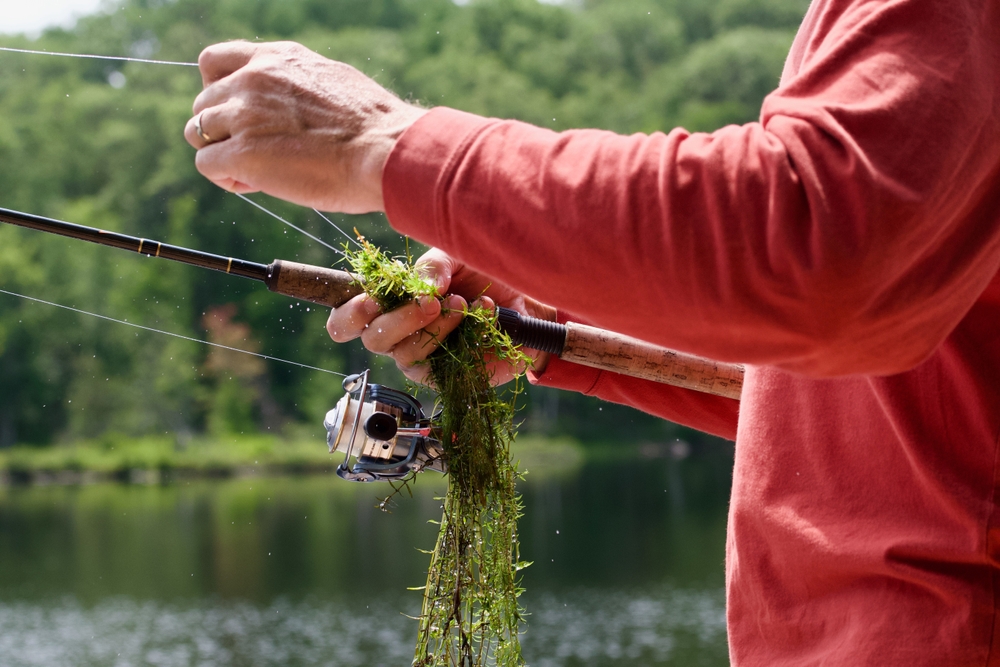
.png)
.png)